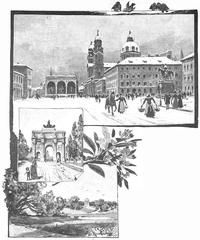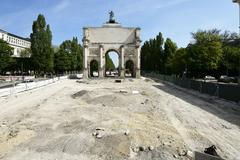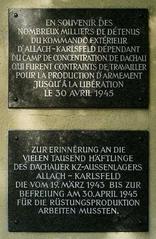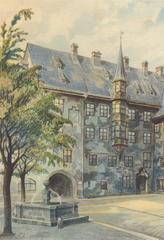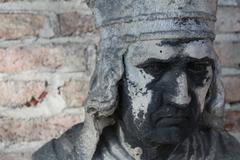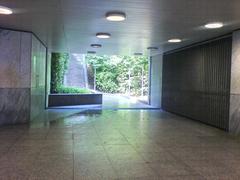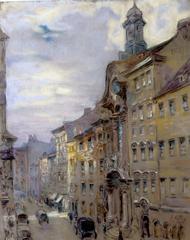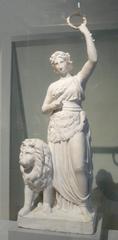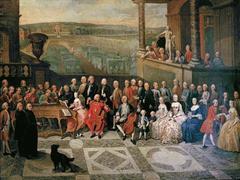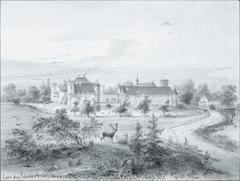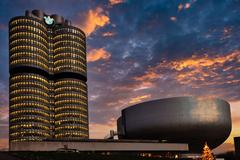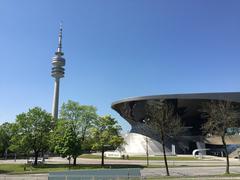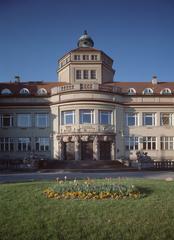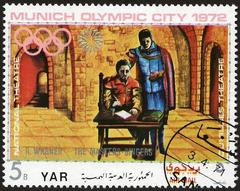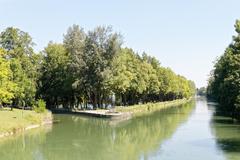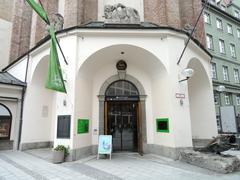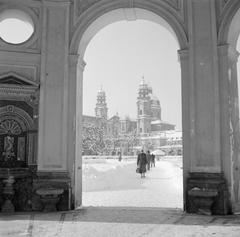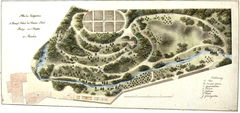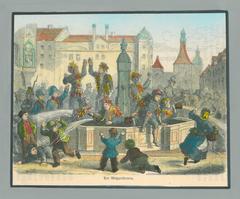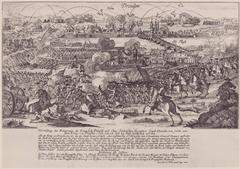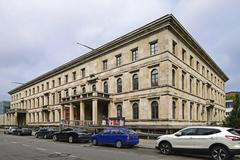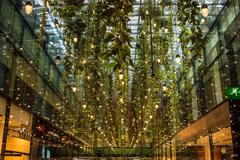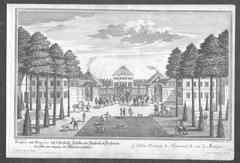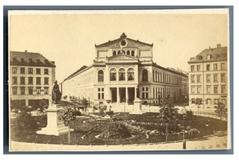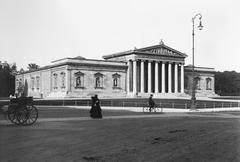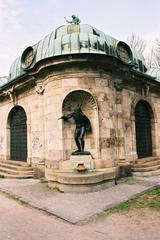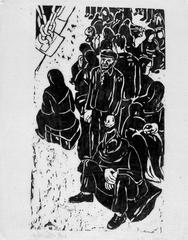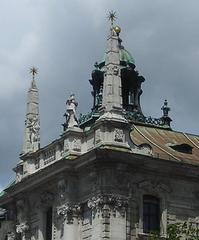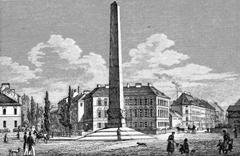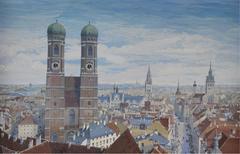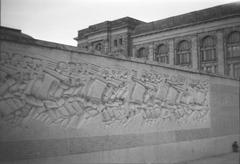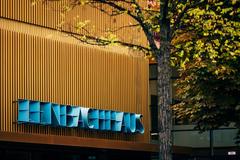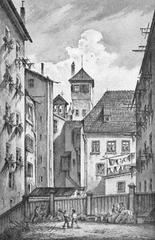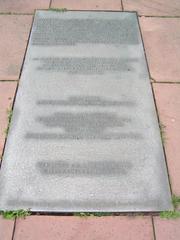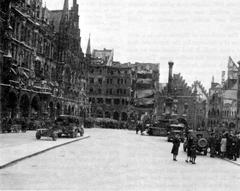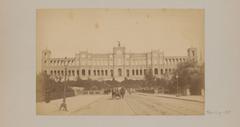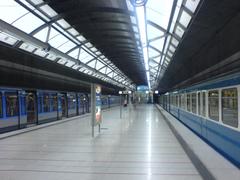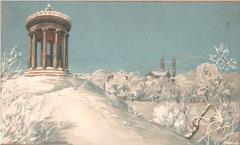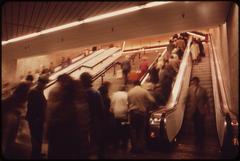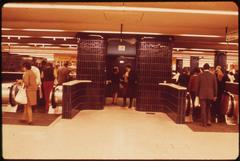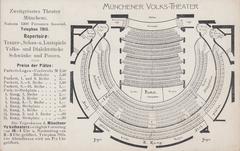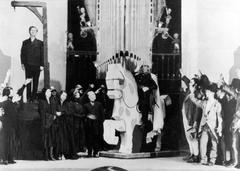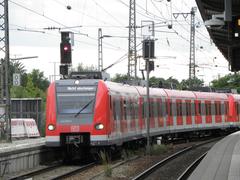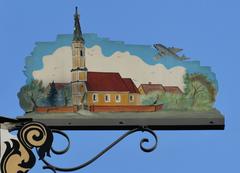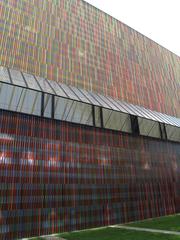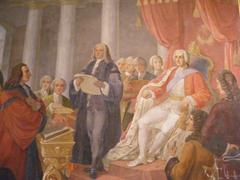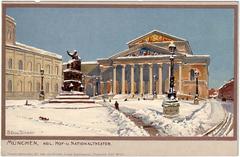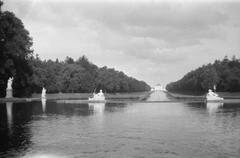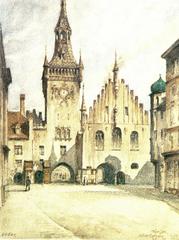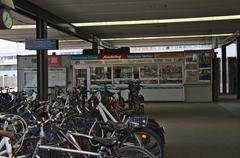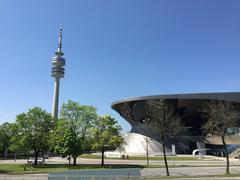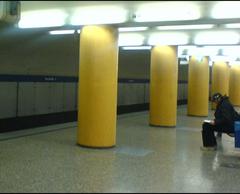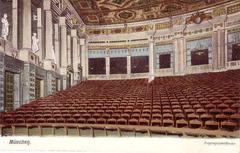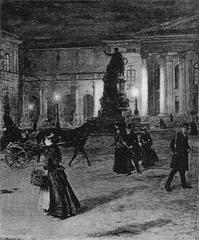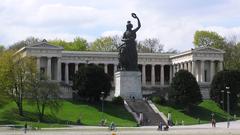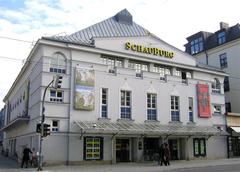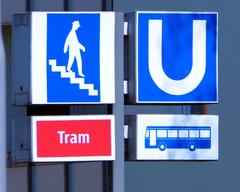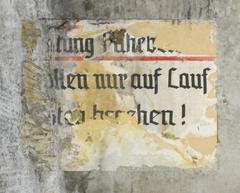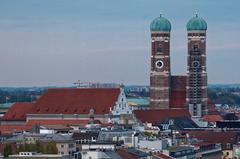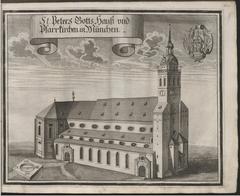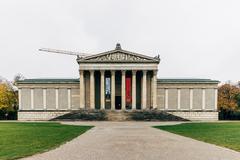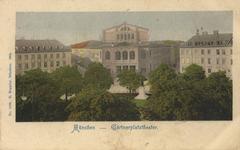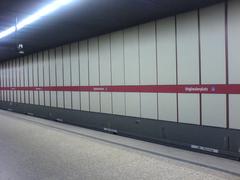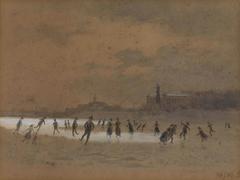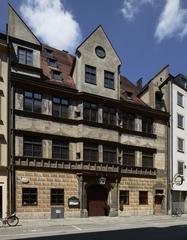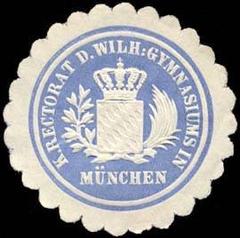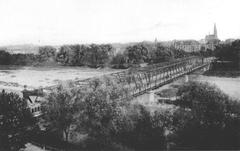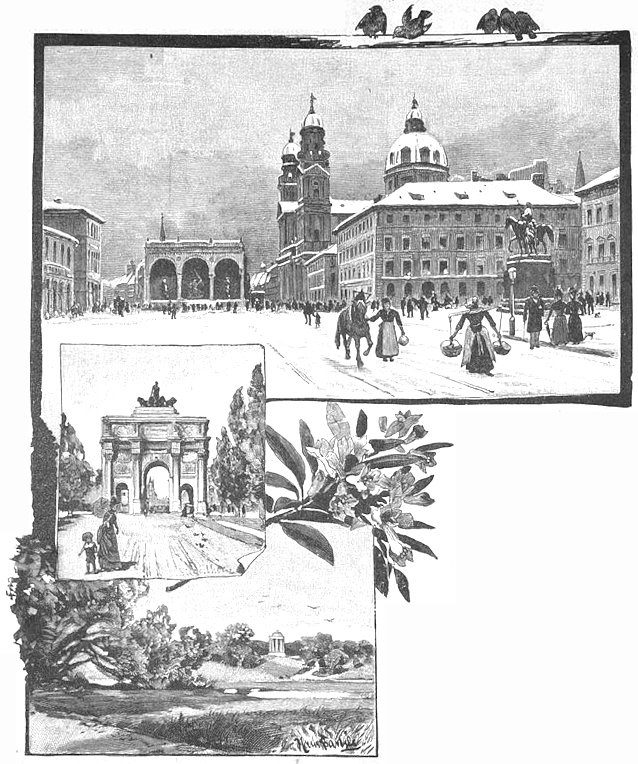
Visiting Siegestor in Munich: Hours, Tickets, and Historical Insights
Date: 18/07/2024
Introduction
The Siegestor, or Victory Gate, is an iconic landmark in Munich, Germany, symbolizing both historical triumphs and modern values of peace and reconciliation. Commissioned by King Ludwig I of Bavaria in 1840 and completed in 1852, the Siegestor has roots that trace back to Bavaria’s victories during the Napoleonic Wars (Munich Tourist Information). Designed by the renowned architect Friedrich von Gärtner, the monument draws inspiration from the Arch of Constantine in Rome, showcasing the neoclassical architectural style prevalent during that era. The Siegestor is not only a testament to Munich’s rich historical tapestry but also an enduring symbol of its cultural evolution. Damaged during World War II and later restored with visible scars, the Siegestor now embodies a poignant reminder of war’s devastation and a hopeful message of peace (Bavarian State Department of Monuments and Sites). This comprehensive guide aims to provide visitors with everything they need to know about exploring the Siegestor, from its historical significance and architectural features to practical visitor information and nearby attractions.
Table of Contents
- Introduction
- History of Siegestor
- Visiting Hours
- Ticket Information
- How to Get There
- Nearby Attractions
- Cultural Impact
- Preservation Efforts
- Visitor Experience
- FAQ
- Conclusion
- References
History of Siegestor
Origins and Construction
The Siegestor’s construction began in 1843 under the reign of King Ludwig I of Bavaria and was completed in 1852. The arch, designed by Friedrich von Gärtner, was inspired by the Arch of Constantine in Rome and was intended to commemorate the Bavarian Army’s victories during the Napoleonic Wars. It symbolized the unity and strength of the Bavarian state.
Architectural Features
Standing at 21 meters high and 24 meters wide, the Siegestor is an imposing structure in Munich’s cityscape. The arch is adorned with intricate reliefs and sculptures that depict scenes of military triumph and Bavarian heritage. The central archway is flanked by two smaller passageways, each adorned with Corinthian columns. Atop the arch sits a bronze quadriga, a chariot drawn by four lions, driven by the allegorical figure of Bavaria. This quadriga was sculpted by Johann Martin von Wagner, adding a layer of artistic significance to the monument.
World War II and Reconstruction
The Siegestor suffered significant damage during World War II, particularly during the Allied bombing raids on Munich. By the end of the war, the arch was in ruins, with much of its intricate detailing destroyed. The decision to restore the Siegestor was made in the post-war years, but rather than fully reconstructing it to its original state, the city chose to leave parts of it in a ruined condition as a poignant reminder of the war’s devastation. The restoration was completed in 1958, and the arch now stands as a symbol of both victory and peace.
Modern Significance
Today, the Siegestor serves not only as a historical monument but also as a symbol of peace and reconciliation. The inscription on the arch, added during the post-war restoration, reads, “Dem Sieg geweiht, vom Krieg zerstört, zum Frieden mahnend,” which translates to “Dedicated to victory, destroyed by war, urging peace.” This transformation of the Siegestor’s meaning reflects Munich’s broader efforts to come to terms with its wartime past and to promote a message of peace and unity.
Visiting Hours
The Siegestor is accessible to the public 24 hours a day, seven days a week. There are no restricted visiting hours, making it convenient for tourists to visit at any time.
Ticket Information
Visiting the Siegestor is free of charge. There are no tickets required to explore this historical monument, allowing visitors to enjoy it without any cost.
How to Get There
The Siegestor is located at the intersection of Ludwigstraße and Leopoldstraße, two of Munich’s most significant thoroughfares. It is easily accessible by public transportation, with several bus and tram lines stopping nearby. The nearest U-Bahn station is Universität, which is just a short walk away.
Nearby Attractions
Visitors to the Siegestor can also explore several other nearby attractions:
- Ludwigstraße - A grand boulevard lined with historic buildings and landmarks.
- English Garden - One of the largest urban parks in the world, perfect for a leisurely stroll.
- Bavarian State Library - A majestic library housing an extensive collection of books and manuscripts.
- Odeonsplatz - A historic square featuring beautiful architecture and statues.
Cultural Impact
The Siegestor has become an integral part of Munich’s cultural and historical landscape. It is a popular site for both tourists and locals, serving as a backdrop for various cultural events and public gatherings. Its presence in the city continues to inspire reflection on the themes of victory, loss, and the enduring quest for peace.
Preservation Efforts
Ongoing preservation efforts ensure that the Siegestor remains a well-maintained and respected monument. The city of Munich, along with various cultural heritage organizations, regularly undertakes conservation projects to address the wear and tear caused by environmental factors and urban pollution. These efforts are crucial in maintaining the structural integrity and aesthetic appeal of the arch, allowing future generations to appreciate its historical and cultural significance.
Visitor Experience
For visitors to Munich, the Siegestor offers a unique glimpse into the city’s rich history and its journey through times of conflict and peace. Visitors can walk through the arch and explore the detailed reliefs and sculptures up close. The surrounding area is also home to several other historical landmarks, making it a convenient starting point for a broader exploration of Munich’s cultural heritage.
FAQ
Q: What are the visiting hours for Siegestor? A: The Siegestor is accessible to the public 24 hours a day, seven days a week.
Q: Do I need a ticket to visit Siegestor? A: No, visiting the Siegestor is free of charge.
Q: How can I get to Siegestor? A: The Siegestor is easily accessible by public transportation, with several bus and tram lines stopping nearby. The nearest U-Bahn station is Universität.
Q: Are there any nearby attractions? A: Yes, visitors can explore nearby attractions such as Ludwigstraße, the English Garden, the Bavarian State Library, and Odeonsplatz.
Conclusion
Visiting the Siegestor offers a profound glimpse into Munich’s historical journey and its transformation from a city of military triumphs to one that champions peace and reconciliation. Standing tall with its intricate reliefs and sculptures, the Siegestor is a must-visit landmark that encapsulates the city’s rich cultural heritage. Accessible 24/7 and free of charge, it invites both locals and tourists to reflect on its historical significance and appreciate its architectural beauty. With its strategic location at the intersection of Ludwigstraße and Leopoldstraße, visitors can easily explore nearby attractions such as the English Garden and the Bavarian State Library (Architectural History of Munich). The monument’s ongoing preservation efforts ensure that its legacy endures for future generations, making it an enduring symbol of Munich’s commitment to remembering the past while advocating for a peaceful future. Whether you’re a history buff, architecture enthusiast, or a casual visitor, the Siegestor promises a memorable and enriching experience. For more information and updates, consider downloading our mobile app Audiala or following us on social media.
